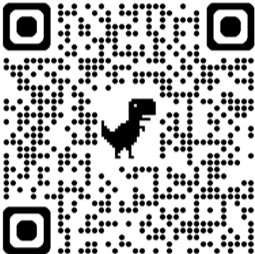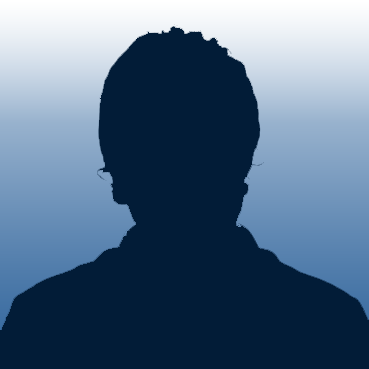Earth, Moon, and Sun Interactions Review
Earth, Moon, and Sun Interactions including Seasons, Tides, Eclipses, and Moon Phases
Create multiple-choice games on Wisc-Online and play them on our Chakalaka mobile app!
But that's not all! Explore educational games created by others. Simply search by category or enter agame code number and dive into a world of learning and fun.
Download the Chakalaka mobile app here:

Topics of this game:
- To be habitable, a planet must have:
- If a new planet is discovered that has evidence of ice on its south pole, we can call this planet:
- The spring tide happens during which two moon phases?
- The neap tide happens during which two moon phases?
- Which celestial body controls the tides?
- What is the area in space that is just the right distance from a star to have all 3 states of water called?
- Which eclipse is formed when this is the order we see: Sun --> Earth --> Moon
- Which eclipse is formed when this is the order we see: Sun --> Moon --> Earth
- Which phenomenon is caused by Earth being tilted on its axis as it revolves around the Sun?
- Which tide has the greatest difference between its high tides and low tides? (super high tides and very low tides)
- Which tide has the least difference between its high and low tides? (High and low tides are almost the same).
- Why are spring tides so high?
- Why are the high and low tides so similar in neap tides?
- The moon's rotation is the same as its revolution. This means that:
- Which season is it when the Earth's axis leans toward the Sun at the North Pole?
- Which season is it when the Earth's axis points away from the Sun at the North Pole?
- The Autumnal Equinox is the beginning of:
- The Vernal Equinox is the beginning of:
- Equinox means:
- During the summer solstice, the Northern Hemisphere experiences:
- During the Winter Solstice, the Northern Hemisphere experiences:
- During the Spring and Fall, the ____ gets the most intense sunlight
- During the Winter, the ____ receives the most intense sunlight.
- During the Summer, the ___ receives the most intense sunlight.
- When the lighted side of the moon is getting brighter and larger each night, it is called:
- When the lighted side of the moon is getting smaller each night, it is called:
- Which comes next: New Moon --> _______ --> 1st Quarter
- The full moon is seen when the Earth is
- Why don't we see an eclipse during every full and new moon?
- Can a solar eclipse blind you?
User comments are currently unavailable. We apologize for the inconvenience and are working to restore this feature as soon as possible.

